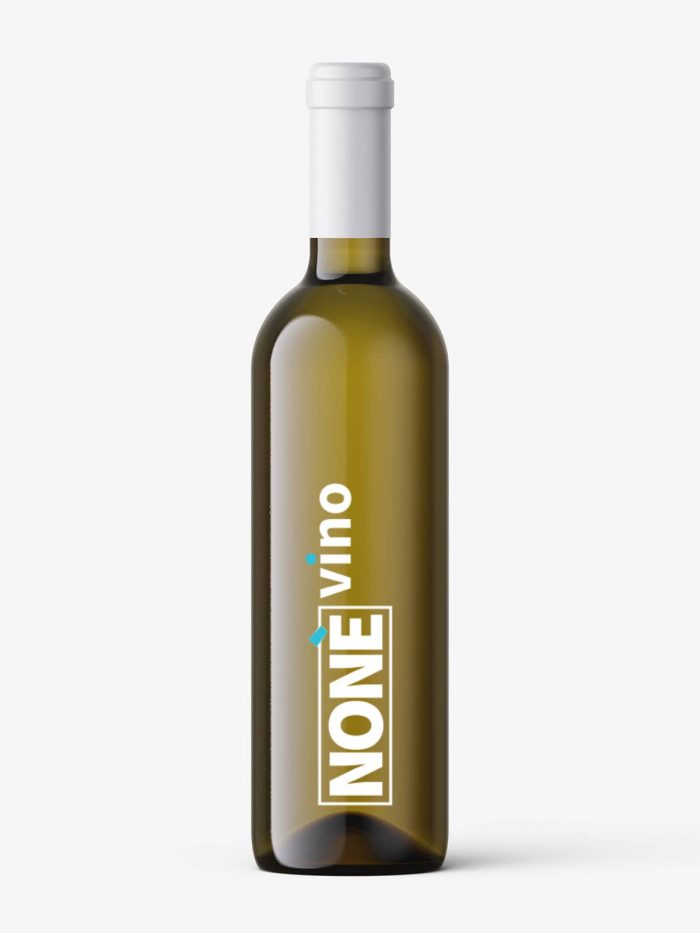The geographical area delimited by Article 3 includes the entire coastal and foothill hilly area of the Abruzzo region which, in the middle part, extends inland to include the Alto Tirino plateau towards the north, the north-west Valle Subequana, the Peligna Valley to the south and the Roveto Valley to the south-west.
The Production Area of the DOC Cerasuolo d’Abruzzo wine is located in:
– province of Chieti , and includes the territory of the municipalities of Altino, Archi, Ari, Arielli, Atessa, Bomba, Bucchianico, Canosa Sannita, Casacanditella, Casalanguida, Casalincontrada, Carpineto Sinello, Casalbordino, Casoli, Castel Frentano, Celenza sul Trigno, Chieti, Crecchio, Cupello, Fara Filiorum Petri, Fillet, Fossacesia, Francavilla, Fresagrandinaria, Frisa, Furci, Gissi, Giuliano Teatino, Guardiagrele, Lanciano, Lentella, Miglianico, Monteodorisio, Mozzagrogna, Orsogna, Ortona, Paglieta, Palmoli, Perano, Putoggiofiorito , Ripa Teatina, Roccamontepiano, Rocca San Giovanni, San Buono, Sant’Eusanio del Sangro, San Giovanni Teatino, Santa Maria Imbaro, San Martino sulla Marrucina, San Salvo, San Vito Chietino, Scerni, Tollo, Torino di Sangro, Torrevecchia Teatina, Treglio, Vasto, Villalfonsina, Villamagna, Vacri.
– province of L’Aquila , and includes the territory of the municipalities of Acciano, Anversa degli Abruzzi, Balsorano, Bugnara, Canistro, Capestrano, Castel di Ieri, Castelvecchio Subequo, Civita d’Antino, Civitella Roveto, Cocullo, Corfinio, Fagnano Alto, Fontecchio , Fossa, Gagliano Aterno, Goriano Sicoli, Introdacqua, Molina Aterno, Morino, Ofena, Pacentro, Poggio Picenze, Pratola Peligna, Pettorano sul Gizio, Prezza, Raiano, Rocca Casale, San Demetrio nei Vestini, Sant’Eusanio Forconese, San Vincenzo Valle Roveto, Secinaro, Sulmona, Tione d’Abruzzi, Villa S. Angelo, Villa S. Lucia, Vittorito.
– province of Pescara , and includes the territory of the municipalities of Alanno, Bolognano, Brittoli, Bussi, Cappelle sul Tavo,
Castiglione a Casauria, Catignano, Cepagatti, Citta Sant’Angelo, Civitella Casanova, Civitaquana, Collecorvino, Corvara, Cugnoli, Elice, Farindola , Lettomanoppello, Loreto Aprutino, Manoppello, Montebello di Bertona, Montesilvano, Moscufo, Nocciano, Penne, Pianella, Pietranico, Picciano, Pescara, Pescosansonesco, Popoli, Rosciano, San Valentino, Scafa, Serramonacesca, Spoltore, Tocco da Casauria, Torre dè Passeri, Turrivalignani, Vicoli.
– province of Teramo , and includes the territory of the municipalities of Alba Adriatica, Ancarano, Atri, Basciano, Bellante, Bisenti, Campli, Canzano, Castel Castagno, Castellato, Castiglione Messer Raimondo, Castilenti, Cellino Attanasio, Cermignano, Civitella del Tronto, Colledara, Colonnella, Controguerra, Corropoli, Giulianova, Martinsicuro, Montefino, Montorio al Vomano, Morrodoro, Mosciano, Nereto, Notaresco, Penna S. Andrea, Pineto, Roseto degli Abruzzi, Sant’Egidio, Sant’Omero, Silvi, Teramo, Torano Nuovo, Tortoreto, Tossicia and the hamlet of Trignano in the municipality of Isola del Gran Sasso.
The presence of the vine and the production of wines in the delimited production area dates back to Polybius, a Greek historian who lived between 205 and 123 BC, who, narrating the exploits of Hannibal after the victory of Canne (216 BC), praised the wines of this ‘area as they had healed the wounded and restored the men to strength.
Since then many other writers have praised the quality of the wines produced in the Abruzzo area, but the first historical news on the presence in Abruzzo of the Montepulciano grape, basic if not exclusive of “Cerasuolo d’Abruzzo”, is contained in the work of Michele Torcia entitled Saggio National Itinerary for the Peligni Country made in 1792.
After the Torcia there are countless historical texts and technical manuals in which the characteristics of this vine are described: we recall Panfilo Serafini (Sulmona 1817-1864) who in the historical Monograph of Sulmona, which appeared in 1854 in Naples in the well-known periodical Il Regno delle Due Sicilie written and illustrated, wrote: “The most common vines are Montepulciano, whether primaticcio, cordisco or tardivo ….”, Professor Andrea Vivenza with the Brief rules for making wine of 1867, Edoardo Ottavi and Arturo Marescalchi with the work entitled Vade-Mecum of the merchant of grapes and wines in Italy, the first edition of which was published in 1897.
In the second edition published in 1903, the authors recall among other things that, particularly in the province of Chieti, cerasuoli wines (cerasella) were produced, which over time became among the most typical and characteristic wines of Abruzzo. An important historical moment for this wine was that of the mid-60s of the twentieth century when the producers began to collect the necessary documentation for the presentation of the request for recognition of the DOC Montepulciano d’Abruzzo.
In fact, in the book Il vino in Abruzzo published in 1975, Guido Giuliani recalls that “Concerns were expressed about the possibility of presenting or not a single documentation for the recognition of the denomination of controlled origin of the wine” Montepulciano d’Abruzzo “and of the wine” Cerasuolo d’Abruzzo “, given that the two fine wines came only and solely from the same grape of the same vine, varying only the oenological practices” and then adds that “… having experienced the preliminary phase,the Chamber of Commerce of Chieti submitted to the Agricultural Compartment Inspectorate of Pescara the application for recognition of the designations of origin of “Montepulciano d’Abruzzo” and “Cerasuolo d’Abruzzo” on 18 September 1965 “but that” at the end of March 1966 the four provinces jointly submitted the request for recognition of the denomination of the wine “Montepulciano d’Abruzzo” which also included the “Cerasuolo” type.
The favorable opinion of the National Committee and the proposal for a production specification, formulated by the Committee itself, were published in the Official Gazette of 9 February 1968, and finally, after a process that lasted more than four years, with the DPR 24 May 1968, published in the Official Journal. n.178 of 15 July 1968, came the “Recognition of the denomination of controlled origin of the Montepulciano d’Abruzzo wine and approval of the relative production disciplinary”.
After over 40 years in which “Cerasuolo” has established itself as a type of DOC Montepulciano d’Abruzzo, the producers have deemed it appropriate to give this wine its own specific identity by requesting the recognition of the DOC “Cerasuolo d’Abruzzo” which came with the harvest. 2010.
However, in addition to the historical factors that strictly link the product to the territory, the incidence of human factors is also very important since, through the definition and improvement of some viticultural and oenological practices, which are an integral and substantial part of the production disciplinary, it is possible to obtain products with marked characteristics and typicality.







